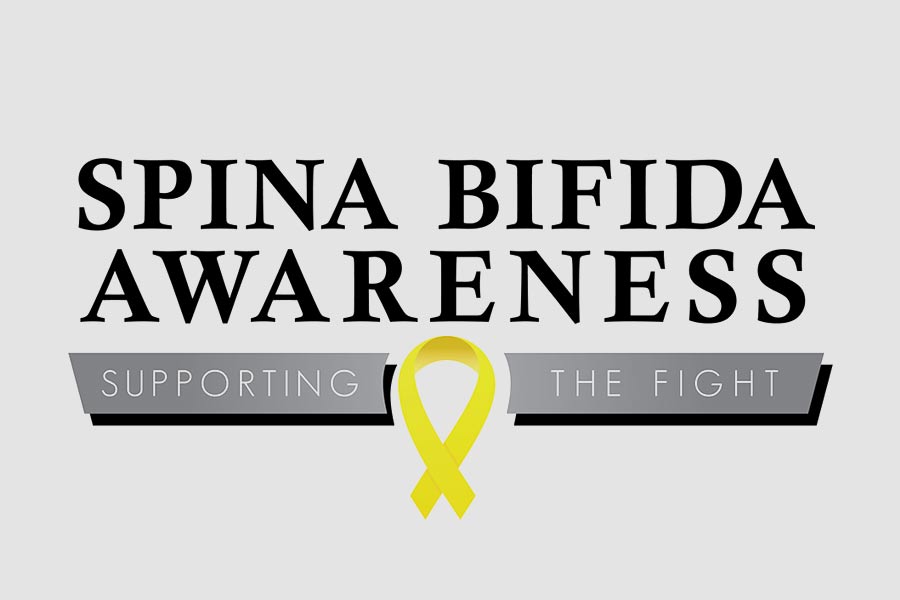
UC Davis research team finds in utero delivery of stem cells on SIS scaffold could improve motor function in spina bifida patients compared to treatment with SIS alone
Spina bifida (or myelomeningocele) is a birth defect in which the spinal cord is exposed during pregnancy/growth of the fetus. It often results in paralysis, incontinence, deformities, and cognitive disabilities.
These problems can result in the child needing complex, lifelong care, affecting the whole family. While a recent clinical trial found that repairing the defect in utero improved motor function compared to post-birth repair, the majority of the children were still unable to walk without assistance.
Drs. Farmer and Wang’s UC-Davis teams have been developing a regenerative treatment to improve these outcomes. In this publication,1 they used stem cells grown on small intestinal submucosa (SIS) to close a defect in utero in a sheep model of spina bifida. The report describes optimizing the number of cells to be added to SIS as they develop this treatment for clinical use. Adding a high density of stem cells resulted in an increase in the number of larger neurons (LN density) at the defect (site) compared to using SIS without cells. In addition, there was a strong association between LN density and sheep locomotion; four of the five lambs treated with the high density of stem cells and SIS had normal ambulation, while the fifth lamb scored 14 out of 15 on the locomotory score. In the group treated with SIS alone, only 2 of 8 had normal ambulation.
In summary, this translational science report suggests that stem cells delivered on an SIS scaffold to treat spina bifida in utero could greatly improve the outcome of children with this birth defect.
1 Vanover M, Pivetti C, Lankford L, et al. High density placental mesenchymal stromal cells provide neuronal preservation and improve motor function following in utero treatment of ovine myelomeningocele. J Ped Surg. 2019;54(1):75-79.
